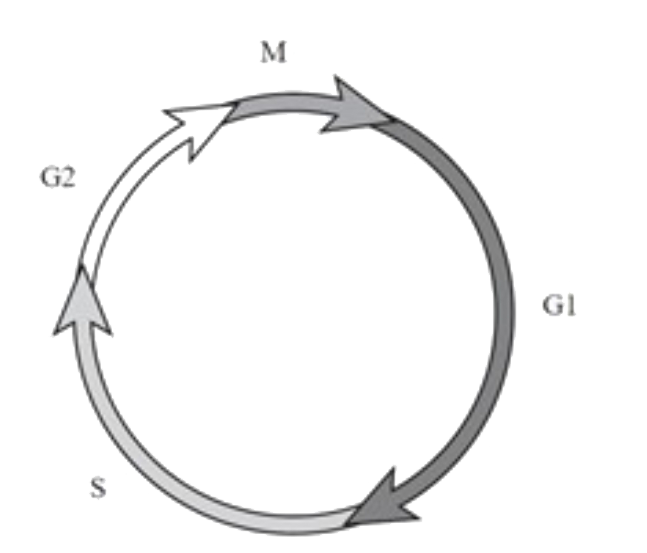A typical eukaryotic cell consists of :-
Cell membrane
Nucleus
Cytoplasm
All of the above
The correct Answer is:C
To answer the question "A typical eukaryotic cell consists of:", we will analyze the components of a eukaryotic cell step by step.
Step 1: Identify the Components of a Eukaryotic Cell
A typical eukaryotic cell is characterized by several key components. The main parts include:
1. Cell Membrane: This is the outer boundary of the cell, which controls the movement of substances in and out of the cell. It is composed of a phospholipid bilayer with embedded proteins.
2. Nucleus: The nucleus is a membrane-bound organelle that contains the cell's genetic material (DNA). It is surrounded by a nuclear membrane and is responsible for regulating gene expression and maintaining the integrity of genes.
3. Cytoplasm: This is the jelly-like substance that fills the interior of the cell, where various organelles are suspended. It is the site for many metabolic processes and contains cytosol, organelles, and various molecules.
Step 2: Additional Organelles
In addition to the three main components mentioned above, a typical eukaryotic cell also contains various organelles, such as:
- Ribosomes: These are the sites of protein synthesis.
- Endoplasmic Reticulum (ER): This organelle is involved in the synthesis of proteins (rough ER) and lipids (smooth ER).
- Golgi Apparatus: It modifies, sorts, and packages proteins and lipids for secretion or delivery to other organelles.
- Mitochondria: Known as the powerhouse of the cell, mitochondria are responsible for energy production through cellular respiration.
- Chloroplasts: Present in plant cells, chloroplasts are involved in photosynthesis.
Step 3: Conclusion
Based on the components and organelles identified, we can conclude that a typical eukaryotic cell consists of:
- Cell Membrane
- Nucleus
- Cytoplasm
- Additional organelles (like ribosomes, ER, Golgi apparatus, mitochondria, and chloroplasts)
Thus, the correct answer to the question is "all of the above".
Final Answer
A typical eukaryotic cell consists of: Cell Membrane, Nucleus, Cytoplasm, and all of the above.
---
A typical eukaryotic cell is characterized by several key components. The main parts include:
In addition to the three main components mentioned above, a typical eukaryotic cell also contains various organelles, such as:
- Endoplasmic Reticulum (ER): This organelle is involved in the synthesis of proteins (rough ER) and lipids (smooth ER).
- Golgi Apparatus: It modifies, sorts, and packages proteins and lipids for secretion or delivery to other organelles.
- Mitochondria: Known as the powerhouse of the cell, mitochondria are responsible for energy production through cellular respiration.
- Chloroplasts: Present in plant cells, chloroplasts are involved in photosynthesis.
Based on the components and organelles identified, we can conclude that a typical eukaryotic cell consists of:
- Nucleus
- Cytoplasm
- Additional organelles (like ribosomes, ER, Golgi apparatus, mitochondria, and chloroplasts)
A typical eukaryotic cell consists of: Cell Membrane, Nucleus, Cytoplasm, and all of the above.
Topper's Solved these Questions
Similar Questions
Knowledge Check
Site of formation of immature ribosomal subunits in a eukaryotic cell is :
AnucleusBnucleolusCnuclear pore complexDcytoplasmIn an eukaryotic cell, glycolysis takes place :
Ain the cytoplasmBwithin mitochondrionCon rough ERDwithin granaIn a eukaryotic cell, most of the enzymes of the Krebs cycle are located in the
Aintermembrane spaceBmitochondrial matrixCinner mitochondrial membraneDplasma membrane
Which of the following cells organelle of the eukaryotic cell shown fission ?
View SolutionThe telomeres of eukaryotic chromosomes consist of short sequences of
View SolutionTypical anther consists of
View SolutionSite of aerobic respiration in an eukaryotic cell is
View SolutionFlagella of prokaryotic and eukaryotic cells differ in
View Solution

